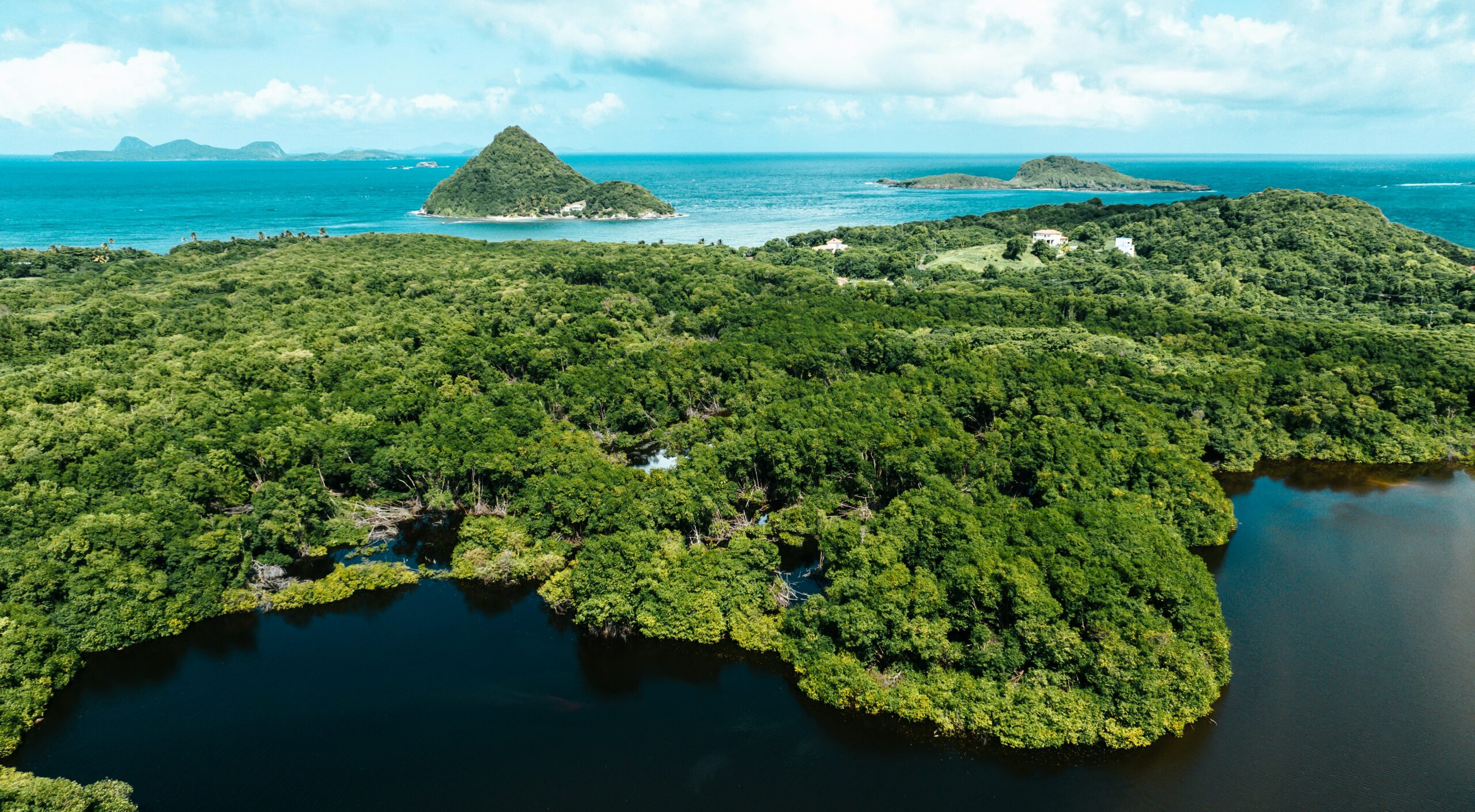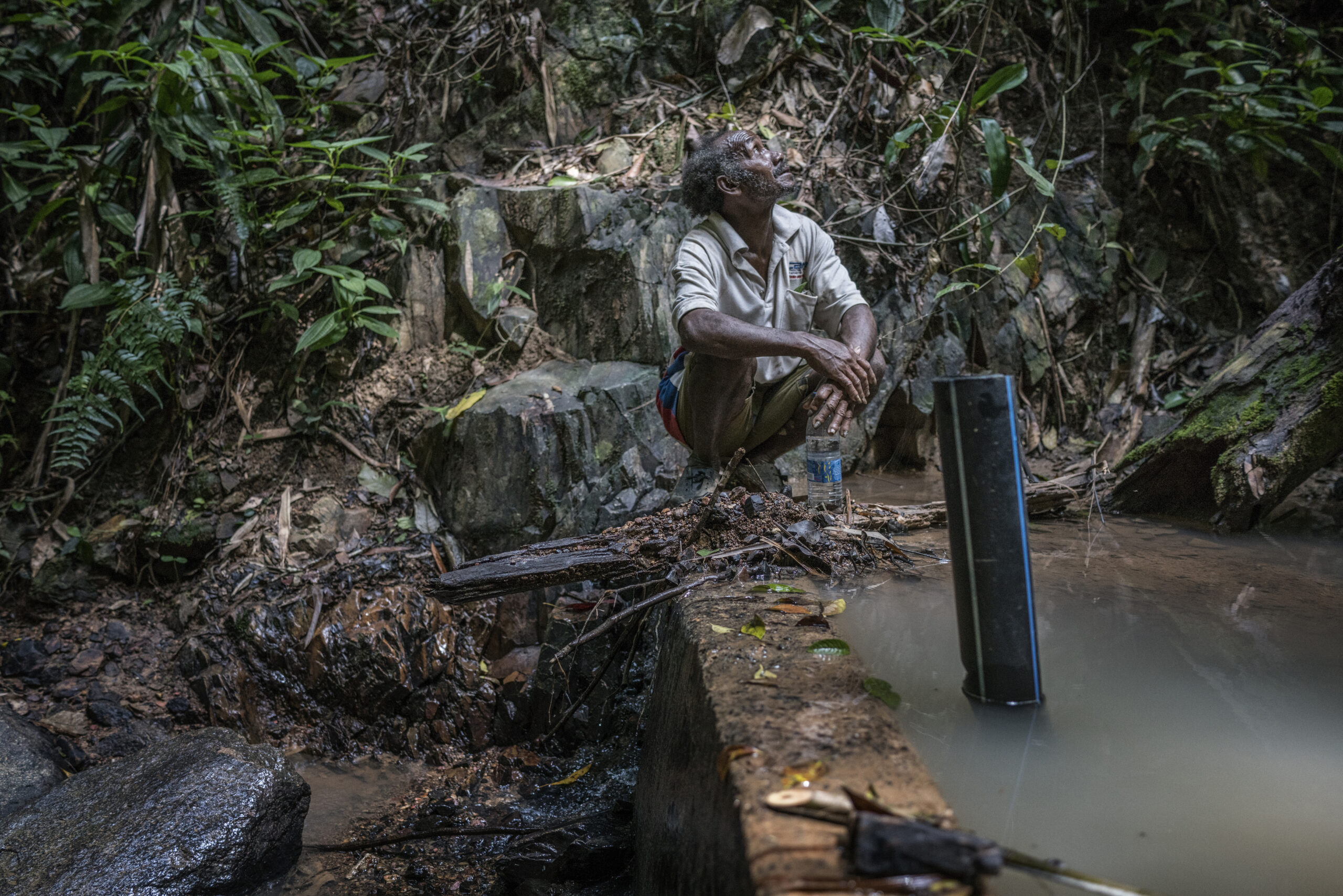As the world heads toward a hotter, harsher climate reality, climate adaptation has become one of the defining priorities of COP30 in Belém, Brazil. While mitigation remains vital, climate adaptation is about surviving the impacts of climate change already unfolding — and preparing for those yet to come. From heatwaves and flooding to crop failures and infrastructure loss, every system that underpins human well-being now faces the test of resilience.
Climate Adaptation Solutions without Adaptation Finance
The Adaptation Gap Report 2025 from the United Nations Environment Programme (UNEP) paints a sobering picture. It warns that the world is gearing up for climate resilience without the money to get there. The estimated adaptation finance needs of developing countries range from USD 310-365 billion per year by 2035, yet international public finance flows remain stagnant at USD 26 billion in 2023. Unless trends shift sharply, the global community will miss both the Glasgow Climate Pact target to double adaptation finance and the New Collective Quantified Goal on Climate Finance (NCQG) — leaving billions of people exposed.
Global Climate Adaptation and Readiness
Climate adaptation is no longer a distant concern. It is an immediate requirement for governments, businesses and communities alike. UNEP’s report shows that every USD 1 invested in adaptation yields multiple benefits — for instance, each dollar spent on coastal protection avoids USD 14 in damage. Yet, even with clear evidence of its economic and social value, the pace of action remains slow.
Changing Climate and National Adaptation Plans
So far, 172 countries have adopted some form of national adaptation plan, policy or strategy — an encouraging sign of political commitment. But 36 of those plans are outdated, calling into question their relevance in today’s rapidly changing climate. The gap between planning and implementation is widening. While biennial transparency reports submitted under the Paris Agreement show over 1,600 documented adaptation actions — mostly in biodiversity, agriculture, water and infrastructure — many of the world’s least developed countries (LDCs) and small island developing states (SIDS) have yet to file complete reports.
Progress in sectors such as health, livelihoods and poverty alleviation remains limited. This imbalance reflects a deeper challenge: embedding adaptation across systems. For climate adaptation to deliver genuine resilience, it cannot stand apart from economic and social policy. It must be mainstreamed into national development frameworks, public budgeting and private-sector investment decisions.
Climate Adaptation Challenges for Developing and Lower-income Countries
Nowhere is the need for climate adaptation more urgent than in developing and lower-income countries. These nations face the greatest exposure to climate shocks, with the least capacity to respond. Droughts, floods, sea level rise and shifting weather patterns are already eroding food security, driving migration and undermining growth. According to UNEP, current funding meets less than one-tenth of what is required, leaving an annual shortfall of up to USD 339 billion by 2035.
Debt burdens make the challenge even harder. More than half of existing international adaptation finance comes in the form of loans rather than grants, a trend that risks deepening what UNEP calls an “adaptation investment trap”. Countries borrow to rebuild after disasters, only to be hit again, spiralling further into debt. For finance to be equitable, it must be accessible, not create debt and be targeted toward those least able to withstand climate shocks.
Private sector investment will also be key. UNEP estimates that businesses could provide up to USD 50 billion annually toward national adaptation priorities by 2035 if the right policies and de-risking mechanisms are in place — especially in agriculture, water management and infrastructure. Yet, without blended finance solutions and clear governance frameworks, private capital alone cannot close the gap.
What to Watch for on Climate Adaptation at COP30 Brazil
Adaptation Day at COP30 will be pivotal. Delegates are expected to finalise indicators for the Global Goal on Adaptation (GGA), agreed under the UAE Framework for Global Climate Resilience. These metrics will help measure whether actions are reducing vulnerability and enhancing resilience — not merely counting projects. Their adoption will shape how progress is tracked and how countries are held accountable through the next Global Stocktake.
Finance will dominate the agenda. The pledge to double adaptation finance by 2025 is set to be missed, and the new collective goal of USD 300 billion per year by 2035 still falls short of what developing countries require. Negotiators must now determine how to balance mitigation and adaptation funding, while ensuring that commitments are predictable and transparent.
Much attention will also centre on the Baku-to-Belém Roadmap — a proposal to mobilise USD $1.3 trillion per year by 2035 for developing countries through a mix of public and private finance. Its credibility depends on how much of that finance is grant-based and how much actually reaches the communities most affected by global warming.
2025 United Nations Climate Change Conference and The Stakes for Global Resilience
The outcome of 2025 United Nations Climate Change Conference will shape the world’s capacity to cope with climate disruption. Without scaled-up adaptation, rising temperatures and extreme weather events will continue to erode development gains and trap vulnerable countries in cycles of crisis. Effective adaptation, on the other hand, protects lives, stabilises economies and preserves ecosystems. It advances gender equality, health and social inclusion — the foundation of long-term resilience.
COP30 2025 is therefore a moment to redefine the balance between ambition and reality. The world knows what is needed to achieve climate readiness — what remains is the political and financial will to deliver it. If nations seize this opportunity to turn plans into action, they can build a future where climate adaptation is not a reaction to crisis, but a cornerstone of resilience and prosperity. If they fail, the cost of inaction will be measured not only in billions of dollars, but in the lives and livelihoods lost to a warming world.
Sara Siddeeq
Sara Siddeeq is a climate and energy writer with bylines in New Energy World, Climate News Australia, and Batteries and Energy Storage Technology (BEST) Magazine. She specialises in covering clean energy, carbon markets, and climate resilience, bringing clarity to complex topics. Sara holds a qualification in Communicating Climate Change for Effective Climate Action and is passionate about data-driven climate storytelling.
Sara Siddeeq is a climate and energy writer with bylines in New Energy World, Climate News Australia, and Batteries and Energy Storage Technology (BEST) Magazine. She specialises in covering clean energy, carbon markets, and climate resilience, bringing clarity to complex topics. Sara holds a qualification in Communicating Climate Change for Effective Climate Action and is passionate about data-driven climate storytelling.





